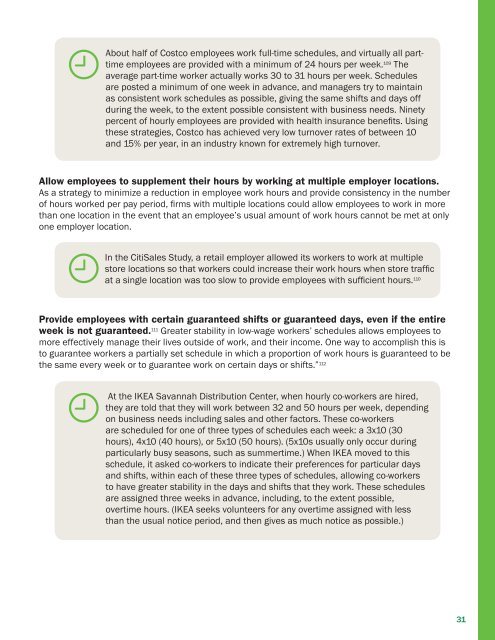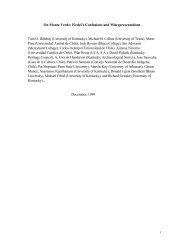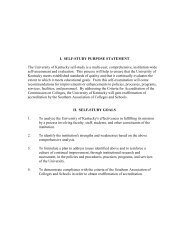Flexible Workplace Solutions for Low-Wage Hourly Workers
Flexible Workplace Solutions for Low-Wage Hourly Workers
Flexible Workplace Solutions for Low-Wage Hourly Workers
Create successful ePaper yourself
Turn your PDF publications into a flip-book with our unique Google optimized e-Paper software.
About half of Costco employees work full-time schedules, and virtually all parttime<br />
employees are provided with a minimum of 24 hours per week. 109 The<br />
average part-time worker actually works 30 to 31 hours per week. Schedules<br />
are posted a minimum of one week in advance, and managers try to maintain<br />
as consistent work schedules as possible, giving the same shifts and days off<br />
during the week, to the extent possible consistent with business needs. Ninety<br />
percent of hourly employees are provided with health insurance benefi ts. Using<br />
these strategies, Costco has achieved very low turnover rates of between 10<br />
and 15% per year, in an industry known <strong>for</strong> extremely high turnover.<br />
Allow employees to supplement their hours by working at multiple employer locations.<br />
As a strategy to minimize a reduction in employee work hours and provide consistency in the number<br />
of hours worked per pay period, fi rms with multiple locations could allow employees to work in more<br />
than one location in the event that an employee’s usual amount of work hours cannot be met at only<br />
one employer location.<br />
In the CitiSales Study, a retail employer allowed its workers to work at multiple<br />
store locations so that workers could increase their work hours when store traffi c<br />
at a single location was too slow to provide employees with suffi cient hours. 110<br />
Provide employees with certain guaranteed shifts or guaranteed days, even if the entire<br />
week is not guaranteed. 111 Greater stability in low-wage workers’ schedules allows employees to<br />
more effectively manage their lives outside of work, and their income. One way to accomplish this is<br />
to guarantee workers a partially set schedule in which a proportion of work hours is guaranteed to be<br />
the same every week or to guarantee work on certain days or shifts.” 112<br />
At the IKEA Savannah Distribution Center, when hourly co-workers are hired,<br />
they are told that they will work between 32 and 50 hours per week, depending<br />
on business needs including sales and other factors. These co-workers<br />
are scheduled <strong>for</strong> one of three types of schedules each week: a 3x10 (30<br />
hours), 4x10 (40 hours), or 5x10 (50 hours). (5x10s usually only occur during<br />
particularly busy seasons, such as summertime.) When IKEA moved to this<br />
schedule, it asked co-workers to indicate their preferences <strong>for</strong> particular days<br />
and shifts, within each of these three types of schedules, allowing co-workers<br />
to have greater stability in the days and shifts that they work. These schedules<br />
are assigned three weeks in advance, including, to the extent possible,<br />
overtime hours. (IKEA seeks volunteers <strong>for</strong> any overtime assigned with less<br />
than the usual notice period, and then gives as much notice as possible.)<br />
31

















